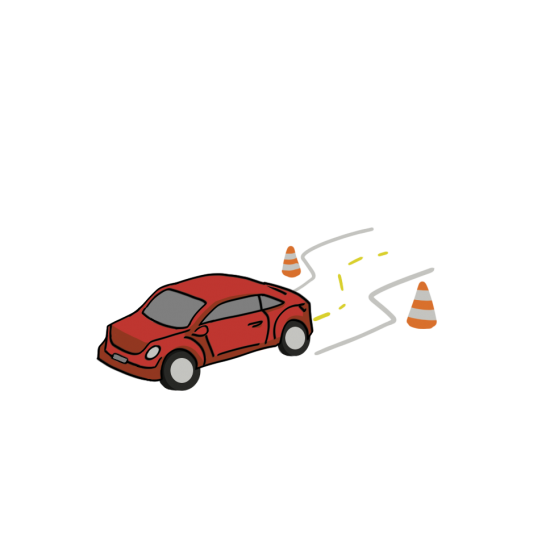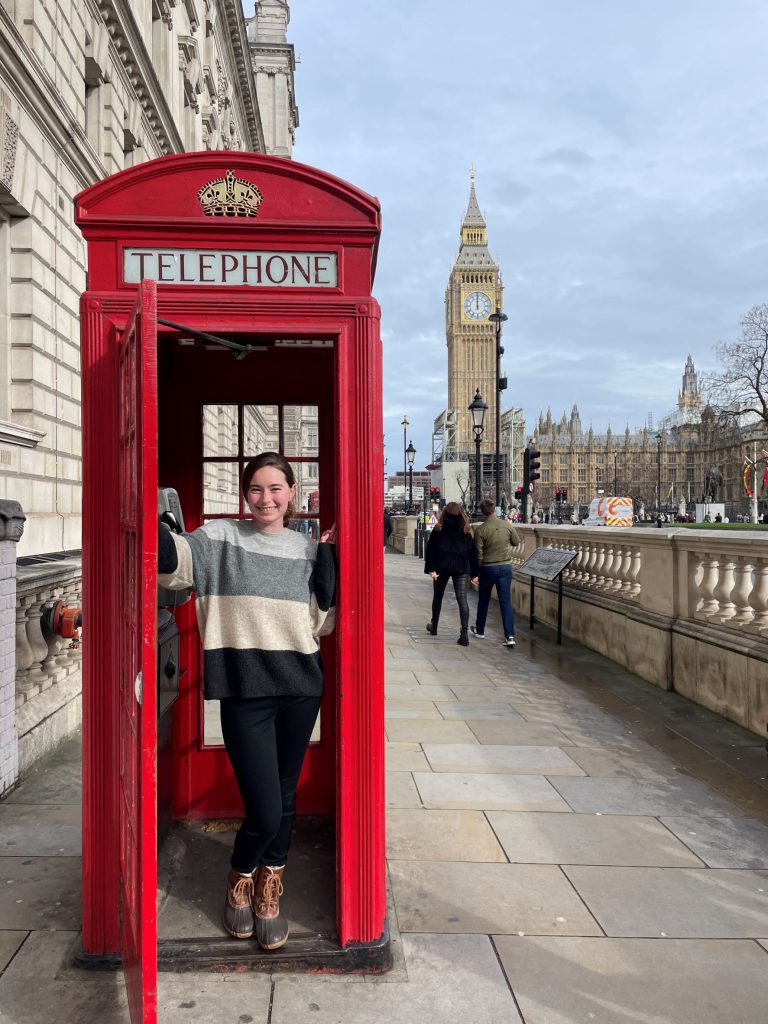McKenna Howenstine|Marlin Chronicle
New stop signs at school entrance _
When returning to campus this semester I, along with countless other students that I have had conversations with about it, was confused as I pulled past security and up to the intersection adjacent to Goode. As I stared down three stop signs instead of what I thought to remember being only one, I, taken back, turned and headed to move in. I confirmed my suspicions only a few days later, overhearing a disgruntled conversation over the school entrance being converted from a single stop sign to an all-way stop. I believe this three-way stop is counter-intuitive at best and at worst a major safety hazard.
The meaning of this stop sign is clear, although misguided. It is intended to help manage the ‘increase’ of traffic on campus mainly due to construction in front of Bray Village. It also will integrate smoothly when the intersection becomes four-way, following the construction of the road planned to connect Goode with the university entrance. Although these intentions in a vacuum make sense, they are easily seen as unfounded when you take into account the demographic and frequency of drivers passing that intersection on a daily basis.
The first ill-judged assumption when turning the entrance into a three-way is that it would help with the extra traffic flow due to the ongoing construction of the art museum. However, there has been little to no change in the traffic density on campus rendering the new additions useless.
While this may seem insignificant on the surface, the lack of traffic density and increase of stops has led to a lack of focus around the stop signs and no willingness to abide by them. I, along with many of my peers have seen, and almost been in too many potential accidents caused solely by the installation of the unreasonable stop. This outcome should have been predictable considering the demographic of drivers active in the area.
College students are especially prone to nonsensical and dangerous decisions behind the wheel. In addition, according to the National Highway Traffic Safety Administration, the highest percentage of drunk drivers were in the 21 to 24-year-old age group. Placing unreasonable stops without a legitimate purpose has allowed the unpredictable and harmful nature of young adults’ driving ability at the forefront of our campus.
Another reason there has been an increase in potential crashes around the stop signs is human’s habitual nature. Although the illogical stop affects first-year students, it has a greater detrimental effect on upperclassmen and staff as it is not only unusual but also unfamiliar. According to a paper written on the neuroscience of habit by Dr. Alana Mendelsohn, “a significant proportion of our daily behavior is actually driven by habit.” This is especially true when it comes to daily activities and behaviors which become ingrained over time. By dramatically changing the habitual activity of entering campus we are putting ourselves in danger.
The primary change I would make would be the suspension of the three-way stop until construction is completed transforming it into a four-way intersection. If the stop were to be four ways then it would be much more natural. Along with being intuitive, the four-way stop wouldn’t fall victim to habit as it would seem completely unfamiliar compared to the three-way stop students and faculty have grown accustomed to. Why are we willingly putting the school population at greater risk when there is no reason for it? The decision, however, is not up to us, so next time you’re pulling out of school, take an extra second when you stop, and keep VWU safe.
By Matthew Smith


